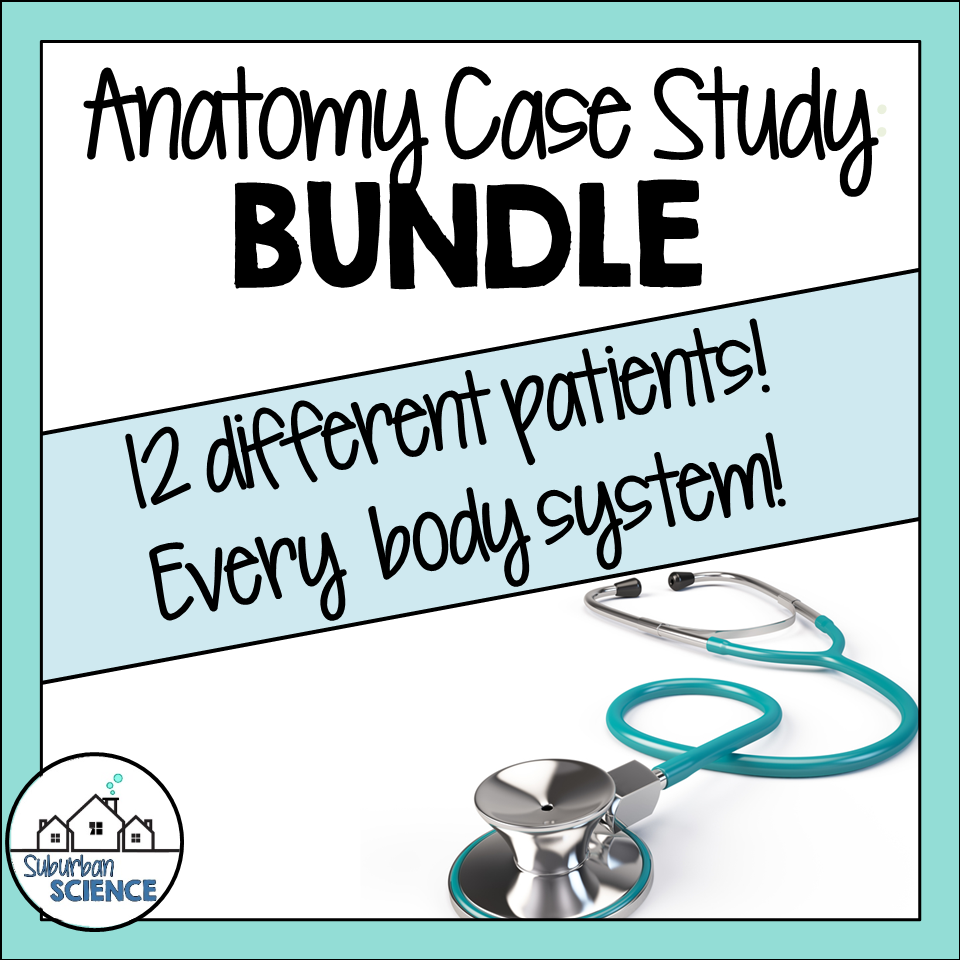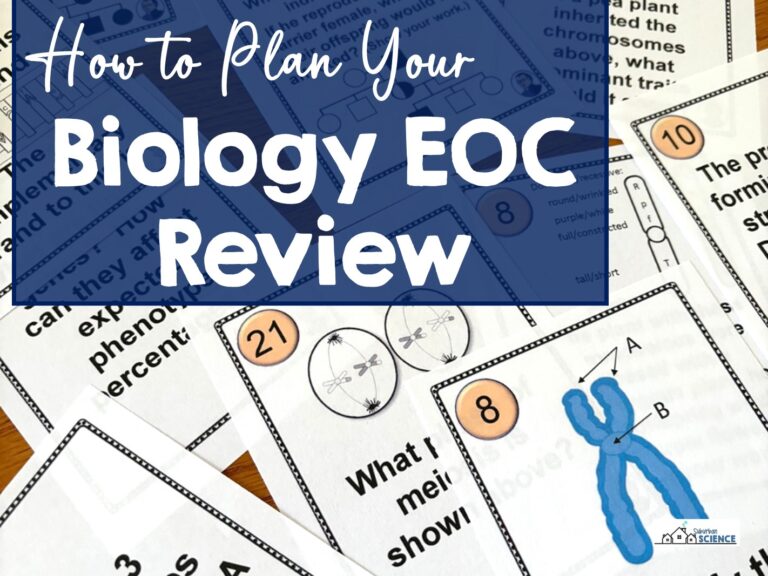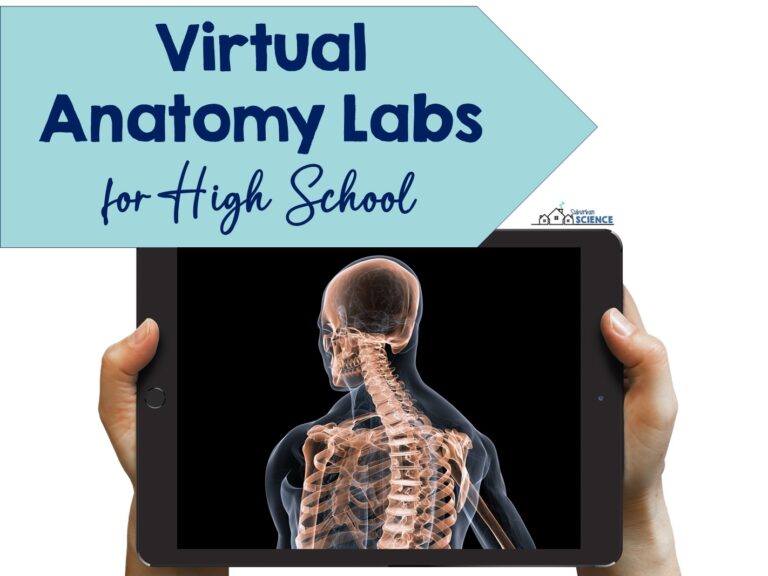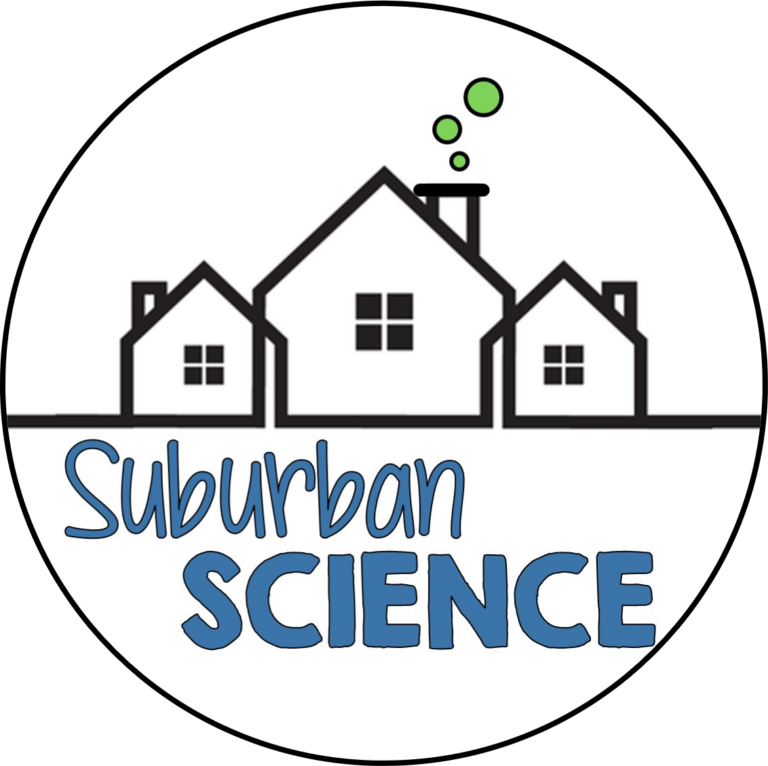Integrating case studies for anatomy and physiology students can be a great way to encourage solving problems while giving them a taste of the medical profession. The analysis required to make a diagnosis is a real-world application of the Claim- Evidence- Reasoning format designated in the Next Generation Science Standards*. Certainly wet labs and experiments can also require the same skills in solving problems and writing conclusions, but case studies are an easy extension of these skills. And certainly, there is no course in which case studies are easier to integrate than Anatomy and Physiology.
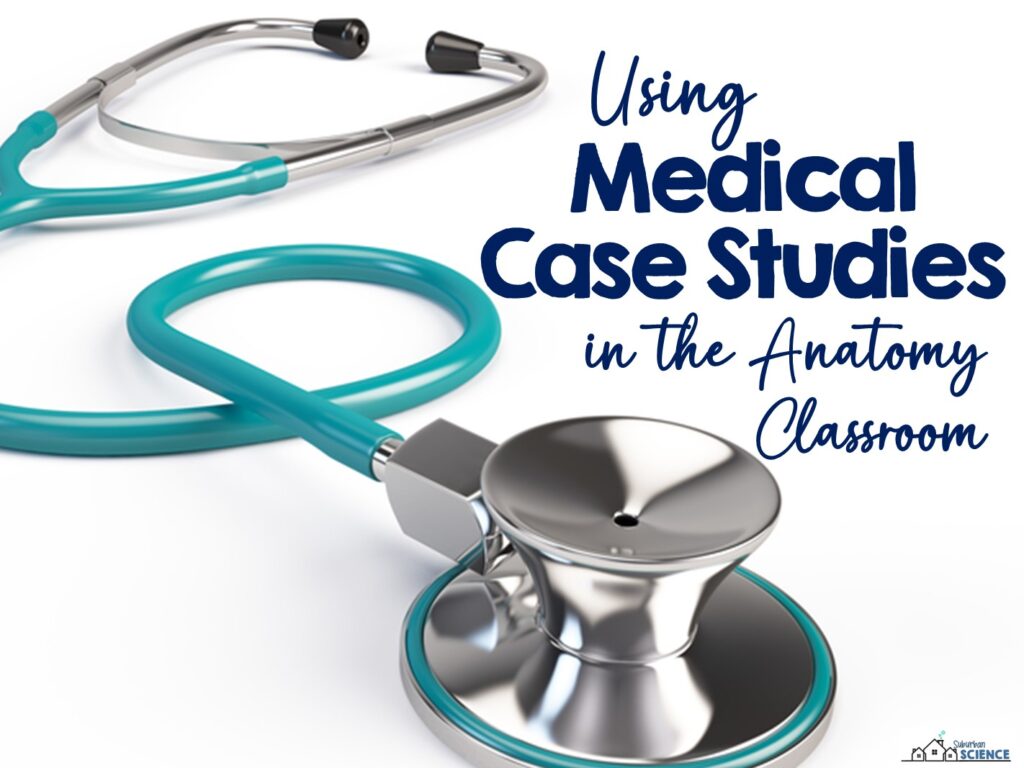
Human Anatomy and Physiology is usually taught by dividing body systems and teaching one system at a time, which is the way I teach my Anatomy & Physiology course. It makes for an organized approach that is easier for teachers to plan and students to study. It diminishes, however, the interconnection between the body systems and can prevent students from seeing the human body as a whole.
Case studes are a great way to use problem-solving strategies while bringing attention to multiple body systems at one time.
Case studies are a great way to use problem-solving strategies while bringing attention to multiple body systems at one time. For example, my case study about hypercalcemia discusses hormones from the endocrine system and how they relate to the circulatory and skeletal systems.
I started incorporating case studies into my A&P course this year and students were immediately receptive. Rather than using obscure medical conditions and disorders, I tried to use ones that my students may encounter throughout their lives. In fact, one of my students learned about Bell’s Palsy just a few months before his aunt was diagnosed with it.
As my A&P course is an introduction for high school students and most of them are not necessarily planning to be medical professionals, I kept the case studies relatively simple and assigned them to my Honors students as extended homework assignments. I created guided reading and research options for each case study. At the beginning of the year, students were simply asked to read the case study assignment and answer questions about the particular diagnosis. This was the first time these students had ever seen an assignment about medical conditions and I felt it was necessary to lead them with baby steps. After 2 or 3 case studies of this type, I switched to the research-based case studies. In this type, students are given the symptoms and a diagnosis, then asked to research how the condition causes those symptoms.
In future years, however, I’d love to be able to offer a more interactive approach by providing my class with a few symptoms, allowing them to decide which diagnostic tests to use, and then reporting imaginary results to lead them toward an accurate diagnosis. I did provide my students with a list of common diagnostic tests to help them understand the terminology as they came across it.
Interactive case studies may provide a more collaborative approach to learning and encourage students to evaluate the best course of action based on a set of results. This technique is recommended in nursing education programs to “bridge the gap between theory and practice.”
If you’ve been considering using case studies in your classroom, please check out the bundle of 12 that I have created. You can also download my Common Diagnostic Tests list for FREE!
**Please note: NGSS is a registered trademark of WestEd. Neither WestEd nor the lead states and partners that developed the Next Generation Science Standards were involved in the production of these lessons, and do not endorse it.

